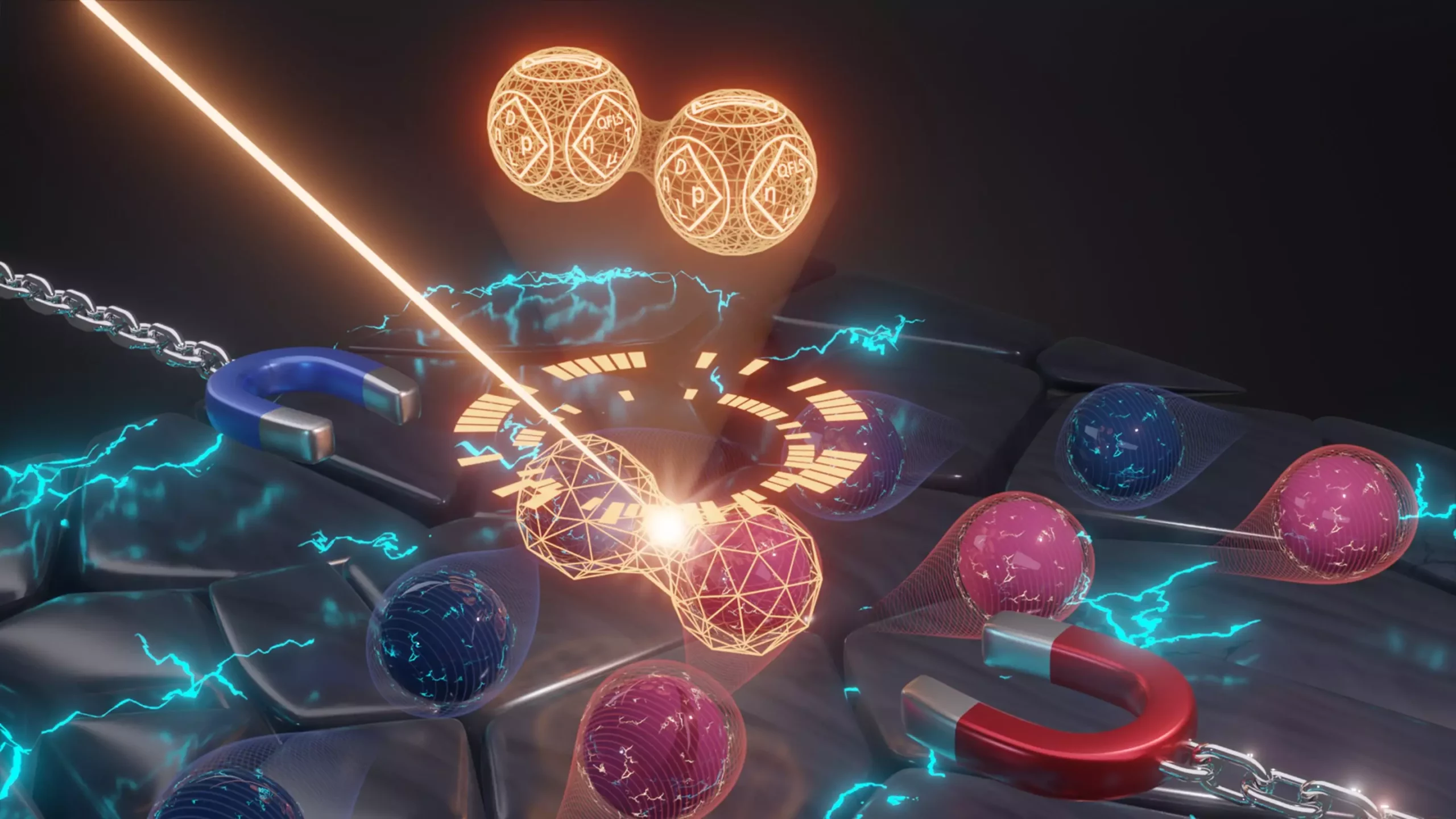Semiconductor materials play a crucial role in various optoelectronic applications such as solar cells, transistors, detectors, sensors, and LEDs. Understanding the transport properties of both negative and positive charge carriers in semiconductors is essential for optimizing the performance of these devices. Traditionally, determining these properties required separate measurements for each type of charge carrier, leading to a time-consuming process. However, a groundbreaking new method called “Constant Light-Induced Magneto-Transport (CLIMAT)” developed by HZB physicist Dr. Artem Musiienko offers a comprehensive solution to this challenge.
The CLIMAT method is based on the Hall effect and enables the simultaneous recording of 14 different parameters of transport properties of both negative and positive charge carriers in a single measurement. By applying a magnetic field vertically through the sample and a constant light source for charge separation, CLIMAT allows the precise determination of various properties such as mobility, diffusion lengths, and lifetime of the charge carriers. This innovative approach provides a deep insight into the complex mechanisms of charge transport in semiconductor materials.
One of the key advantages of the CLIMAT method is its ability to streamline the characterization process of semiconductor materials. By eliminating the need for separate measurements of different charge carriers, CLIMAT saves valuable time in assessing new materials for optoelectronic applications. This revolutionary approach not only accelerates the evaluation of semiconductor materials but also offers a more comprehensive understanding of their transport properties.
The effectiveness and reliability of the CLIMAT method have been demonstrated through extensive testing on twelve different semiconductor materials, including silicon, halide perovskite films, organic semiconductors, semi-insulators, self-assembled monolayers, and nanoparticles. Independent experts, such as Prof. Vitaly Podzorov from Rutgers University, have acknowledged the groundbreaking nature of the CLIMAT method, emphasizing its potential to revolutionize semiconductor characterization. The method received high praise and recognition in prestigious publications like Nature Communications and Nature Electronics.
The approval of the CLIMAT method for patenting by the European Patent Office signifies a significant milestone in the field of semiconductor characterization. Dr. Artem Musiienko and his research team are currently in negotiations with companies for licensing the method with the aim of developing a compact measuring device. The potential commercialization of CLIMAT could lead to widespread adoption in research and industry, paving the way for advanced semiconductor technologies.
The development of the CLIMAT method represents a major leap forward in semiconductor characterization, offering a comprehensive and efficient solution for evaluating the transport properties of charge carriers in semiconductor materials. With its innovative approach and wide-ranging applications, CLIMAT has the potential to revolutionize the field of optoelectronics and drive advancements in semiconductor technology.


Leave a Reply